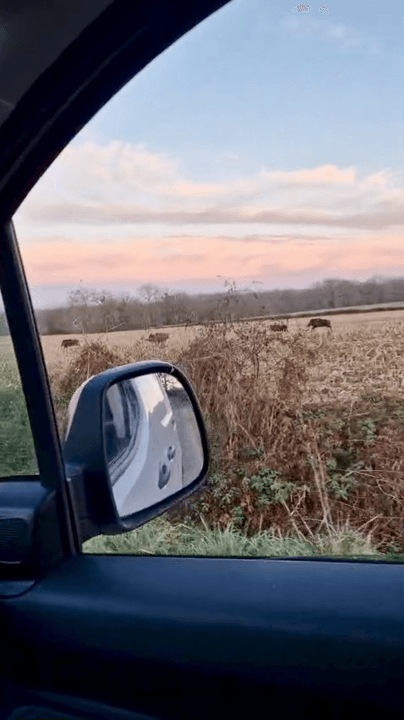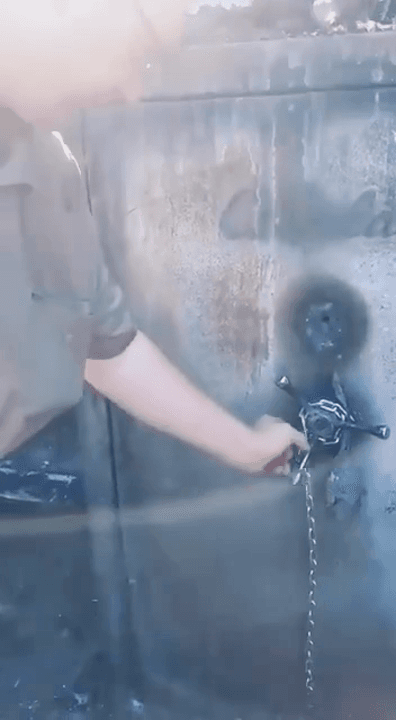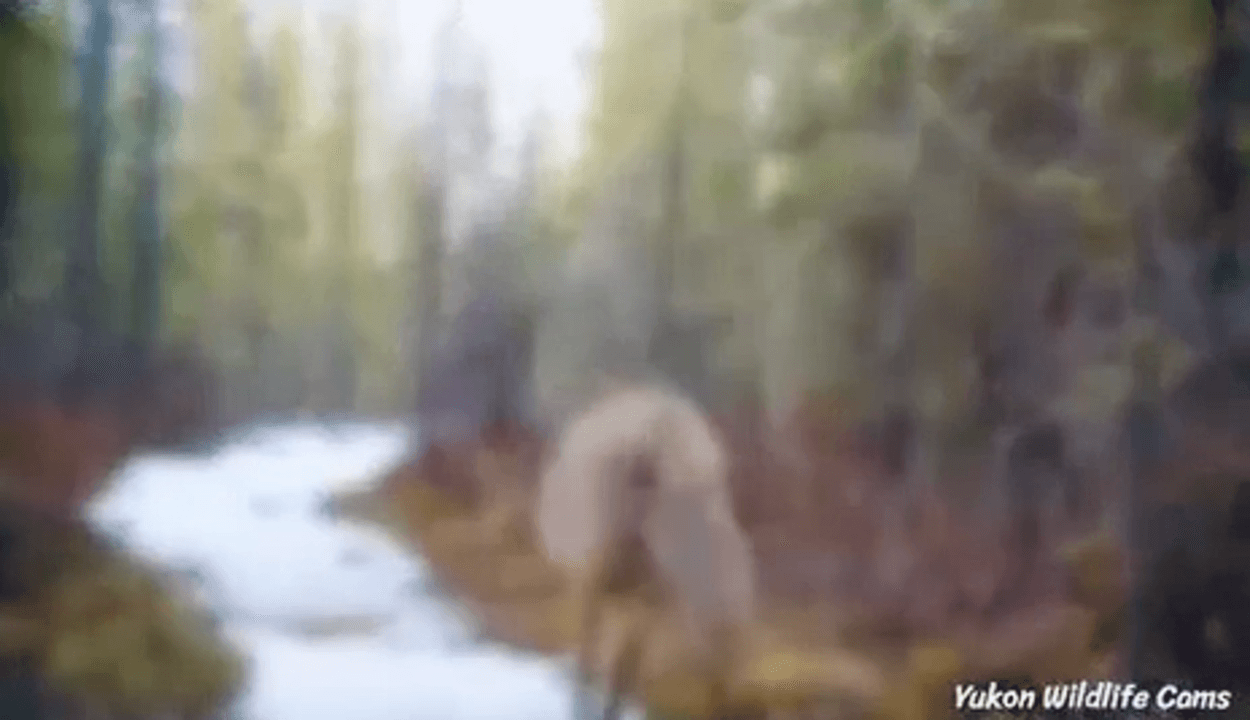
Hunting in ALBERTA BADLANDS: Seasons, Restrictions and Essential Rules The Alberta Badlands, with its striking canyons and rolling prairies, is a prime destination for hunters seeking whitetail deer, elk, pronghorn, and upland birds. However, navigating the region’s hunting seasons, regulations, and optimal hunting periods requires careful planning. Unlike other parts of Canada, the Badlands’ unique climate and terrain influence when and how you can hunt, making it essential to understand the rules before heading out. Understanding Hunting Seasons in the Badlands Alberta’s hunting seasons are carefully managed by Alberta Environment and Parks (AEP), with dates adjusted annually based on wildlife populations, breeding cycles, and environmental conditions. The Badlands’ semi-arid climate means seasons can differ from those in Alberta’s boreal forests or mountainous regions. For example, mule deer seasons often open earlier here than in the north because the rut occurs sooner in these drier landscapes. Over the years, regulations have shifted to balance conservation and hunting opportunities. Recent changes include expanded antlerless mule deer tags to manage overpopulation (2020) and adjusted elk seasons to reduce pressure on herds near the eastern slopes (2022). Waterfowl hunters should note that drought conditions in 2023 led to tighter bag limits, a reminder of how closely hunting rules are tied to ecological factors. Key Seasons and Peak Activity in Alberta Badlands Big Game Hunting The Badlands are best known for mule deer and whitetail deer, with rifle seasons typically running from late October through November. The peak of the rut—when bucks are most active—usually falls in early November, making this the prime time for a successful hunt. Elk seasons are split, with bugling season in September and late-season cow hunts in December. For those pursuing pronghorn, archery season starts as early as August, while rifle hunters get their chance in October. Moose are less common in the Badlands than in northern Alberta, but limited draw opportunities exist in certain WMUs (Wildlife Management Units). If you’re lucky enough to secure a tag, September and October are the best months, as bulls are more vocal and easier to locate during the pre-rut. Upland Birds and Waterfowl Pheasant hunting picks up in October and runs through December, with the best action often after the first frost when birds congregate in heavier cover. Grouse hunting is productive from September to November, while waterfowl seasons stretch from September into early December, with peak migrations in October. Predators and Small Game Coyote hunting is open year-round in most WMUs, though fur-bearing seasons apply for trapping. Wolves also have no closed season in many areas, but hunters should check local regulations, as some zones impose restrictions. Restrictions and Protected Species in Alberta Badlands Not all wildlife is fair game in the Badlands. Bighorn sheep are strictly managed through a draw system, and sage grouse are fully protected due to declining numbers. Grizzly bears cannot be hunted anywhere in Alberta, unlike in British Columbia, where limited tags are available. There are also temporary bans to protect breeding animals. For example, some WMUs prohibit spring black bear hunting to avoid accidentally targeting sows with cubs. Additionally, hunting is forbidden within 200 meters of designated trails in provincial parks, and certain areas may have antlerless-only or antlered-only restrictions for deer. Getting the Right Licenses and Permits in Alberta Badlands Before heading out, every hunter must obtain an Alberta Wildlife Identification Number (WIN) and purchase the appropriate species-specific licenses. Big game tags, such as those for elk or moose, often require entering a draw system, with applications due months in advance. Non-resident hunters must book through a licensed outfitter for big game hunts. For waterfowl hunters, a Federal Migratory Bird Permit is mandatory, and there are additional restrictions on lead shot in certain wetlands. Always check the latest regulations, as quotas and season dates can change yearly. Avoiding Fines and Hunting Responsibly Breaking hunting laws in Alberta can lead to severe penalties. Hunting out of season or without the proper license can result in fines up to $50,000, loss of equipment, and multi-year hunting bans. Shooting a protected species like a grizzly bear can even lead to criminal charges. To stay on the right side of the law: - Always validate your tags immediately after a harvest. - Report your kills as required (some species must be registered within days). - Respect private land—nearly 80% of Alberta’s land is privately owned, and trespassing can result in hefty fines. Tips for a Successful and Ethical Hunt in Alberta Badlands The best hunting spots in the Badlands depend on the season. For deer, focus on coulees and river valleys where animals gather at dawn and dusk. Elk hunters should listen for bugling in September near the Cypress Hills, while pronghorn require long-range spotting in open grasslands. Late-season hunts demand cold-weather gear, including insulated boots and layered clothing, while early-season archery hunts call for lightweight camouflage. A good pair of binoculars or a spotting scope is essential in this open terrain, where shots can be long. The Alberta Badlands offers incredible hunting opportunities, but success depends on knowing the rules, securing the right permits, and hunting ethically. Always check the latest Alberta Hunting Regulations before your trip, apply for draws well in advance, and respect conservation guidelines. By doing so, you’ll not only have a better chance of a successful hunt but also help ensure these wild landscapes remain abundant for future generations.
Post: 19 August 06:15











































